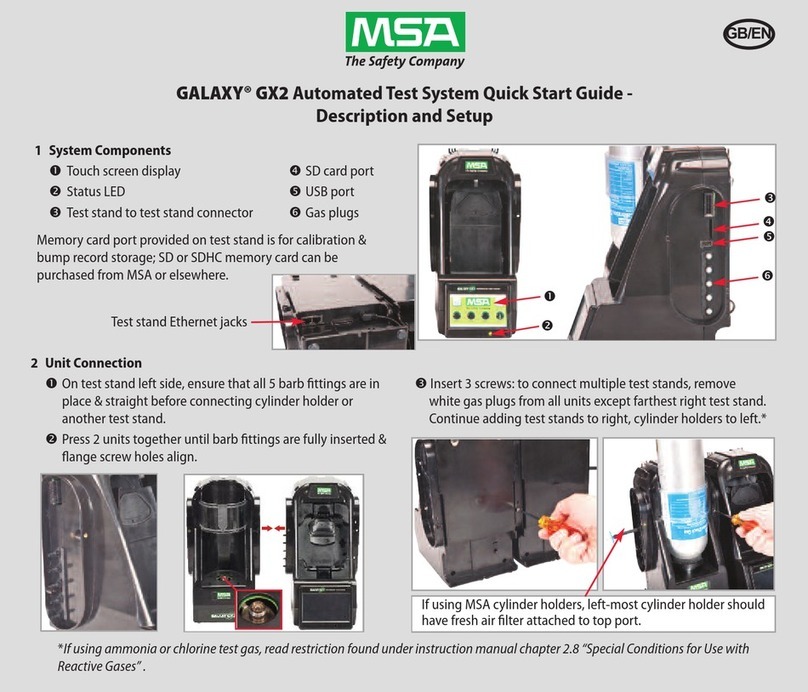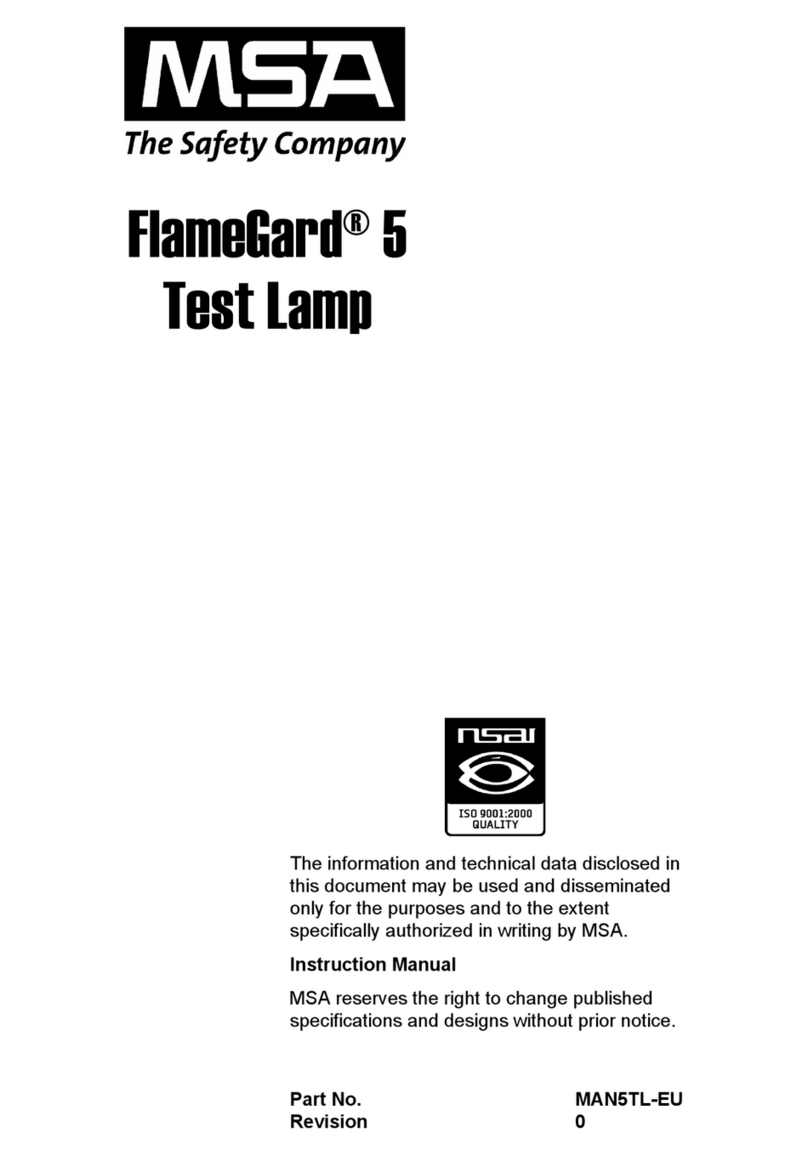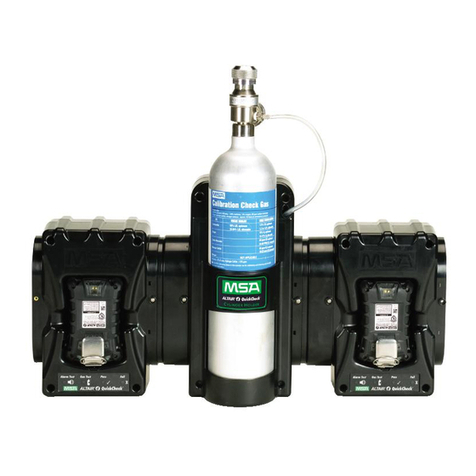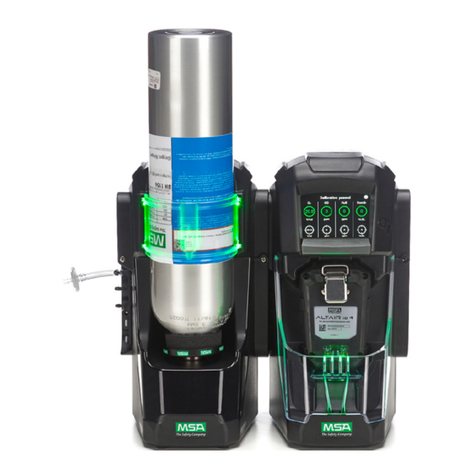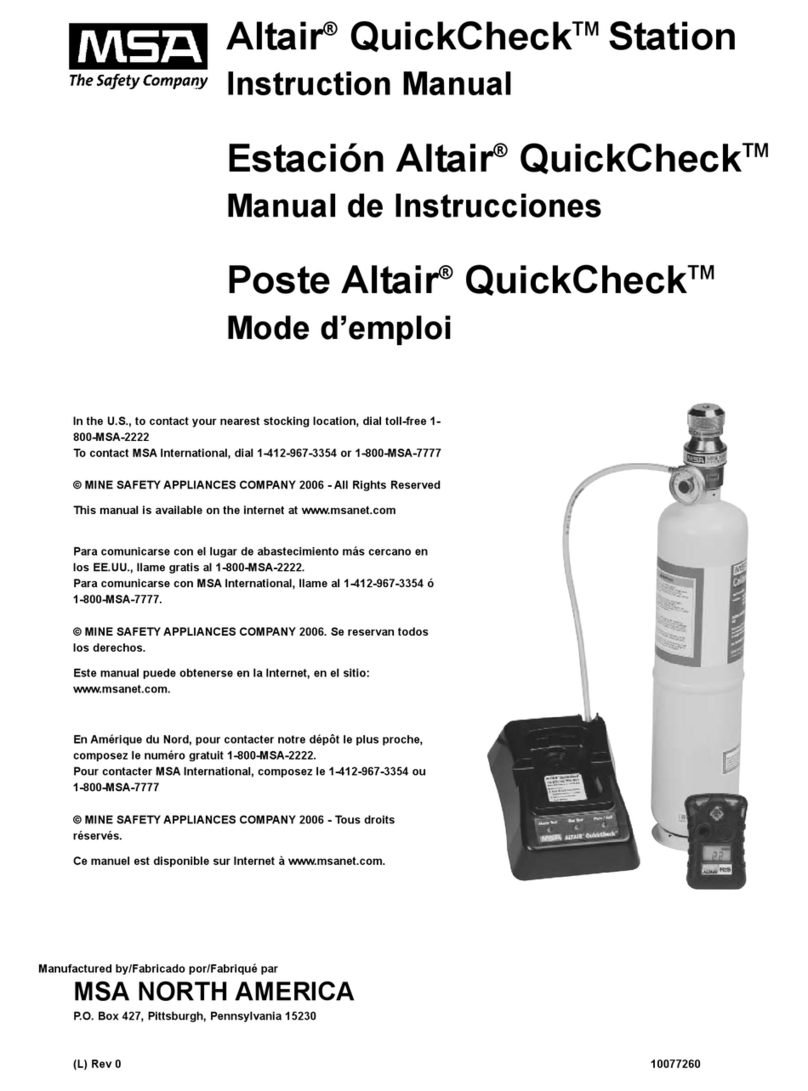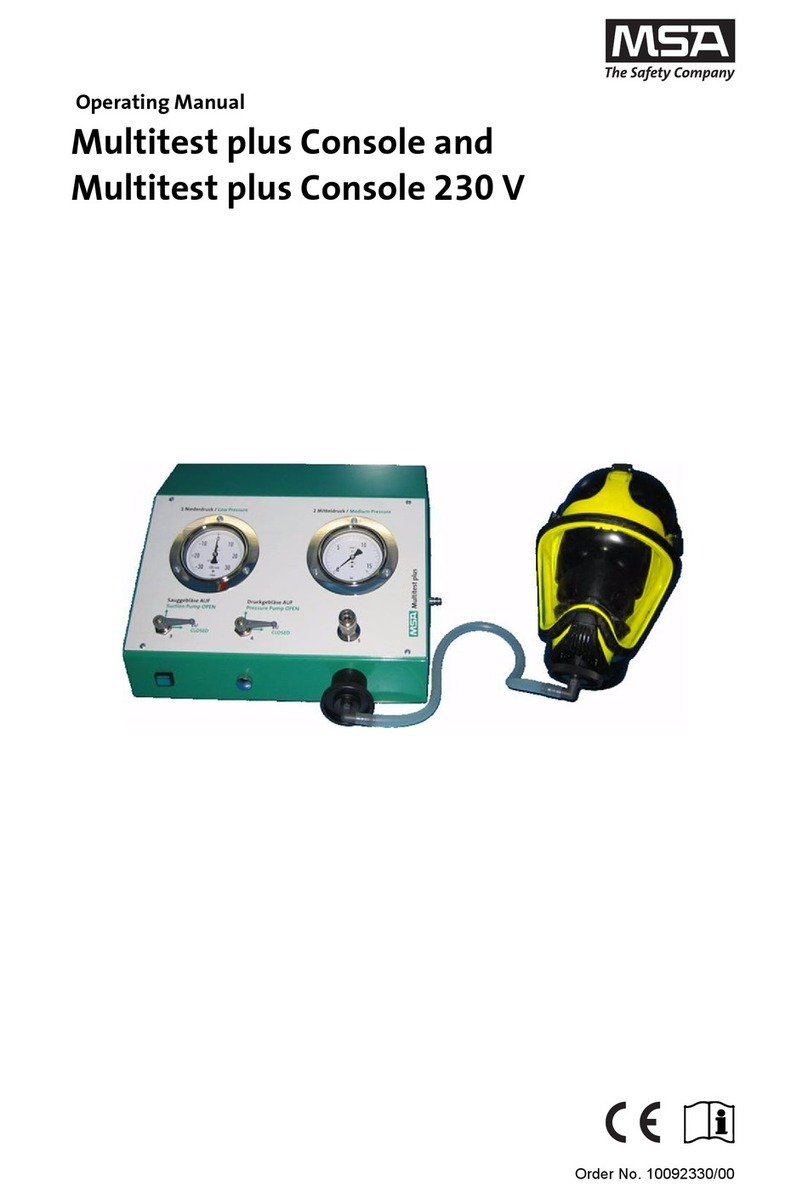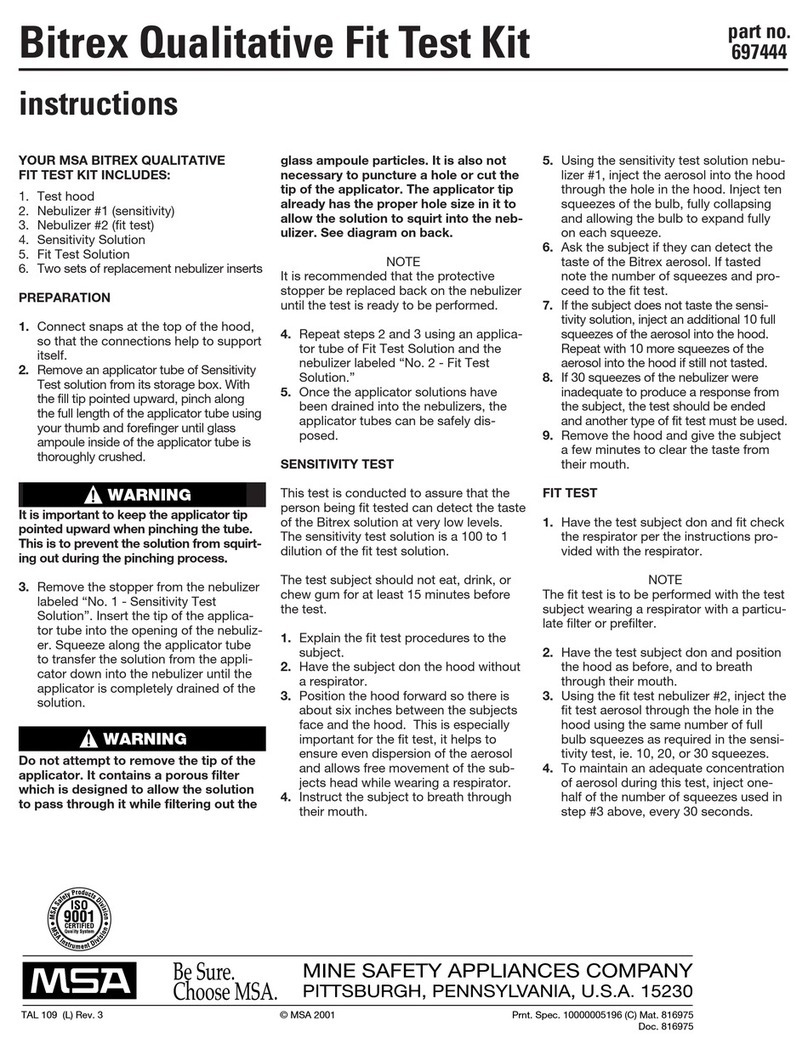
TL
v
Table of Contents
MODEL TL105 .........................................................................................................................I
TEST LAMP FOR FLAME DETECTION...................................................................................I
ABOUT THIS MANUAL........................................................................................................VIII
Format Conventions............................................................................................................viii
Notes, Cautions, and Warnings .................................................................................viii
Contacting Customer Support ...................................................................................viii
1.0 INTRODUCTION................................................................................................................9
1.1 Notice...................................................................................................................... 9
1.2 Sp ec ial Warnings ...................................................................................................... 9
1.3 D esc rip t io n............................................................................................................. 10
1.4 Upo n Rec ei vi ng....................................................................................................... 10
1.5 Tes t Lamp Operating Principle .................................................................................. 11
2.0 QUICK START GUIDE.....................................................................................................12
3.0 TEST LAMP COMPONENTS...........................................................................................13
3.1 Lamp Housing A ss emb ly .......................................................................................... 13
3.2 Microcontroller........................................................................................................ 13
3.3 Rotary Switch Setting............................................................................................... 13
3.4 Rechargeabl e B at tery .............................................................................................. 13
3.5 Power Jack ............................................................................................................ 13
3.6 Push Button............................................................................................................ 13
3.7 Aluminum Cas e and Cap .......................................................................................... 14
3.8 Battery Charge State Indicator................................................................................... 14
4.0 USE AND OPERATION...................................................................................................15
5.0 TEST LAMP MAINTENANCE AND WARRANTY.............................................................18
5.1 Maintenance........................................................................................................... 18
5.2 Cleaning the S app hi re Windo w.................................................................................. 18
5.3 Recharging the Battery............................................................................................. 19
5.4 Obtaining Service.................................................................................................... 19
5.5 Warranty................................................................................................................ 19
6.0 TROUBLESHOOTING GUIDE.........................................................................................21
CUSTOMER SUPPORT...................................................................................................22
7.0 22
7.1 Other Sources for Help............................................................................................. 22
8.0 APPENDIX ......................................................................................................................23

